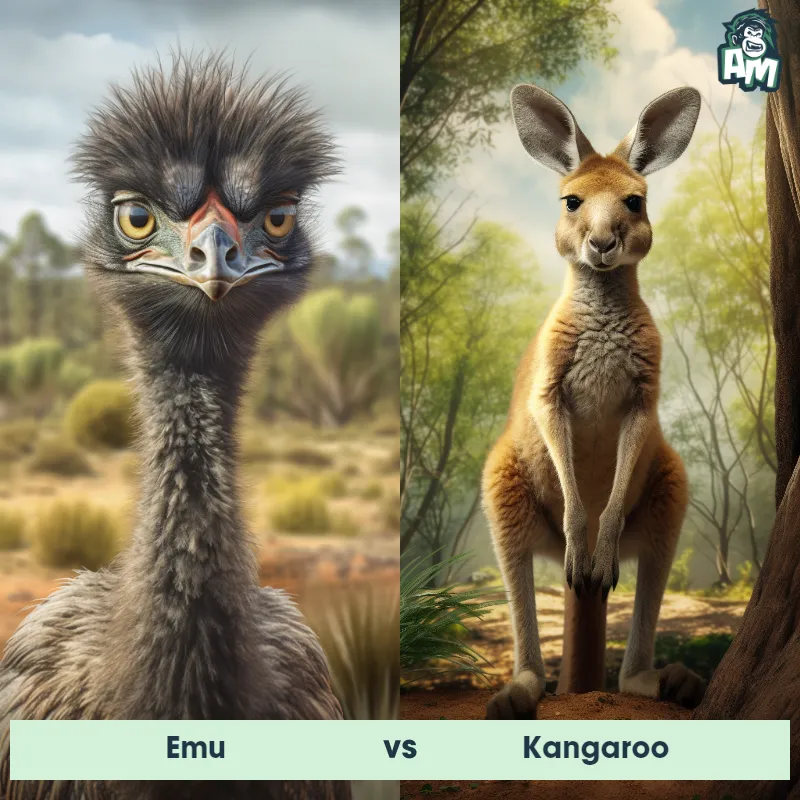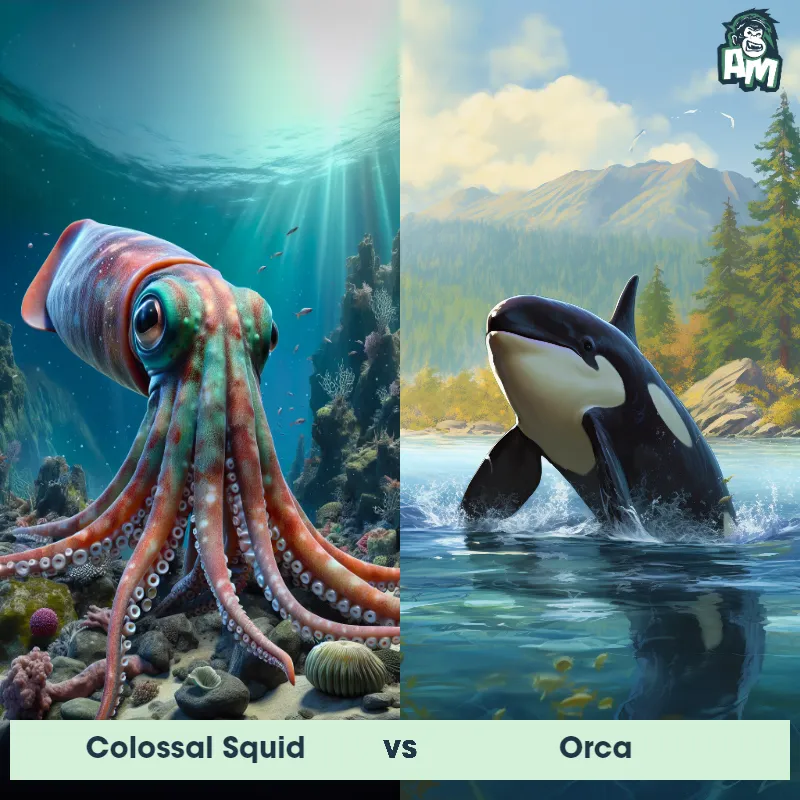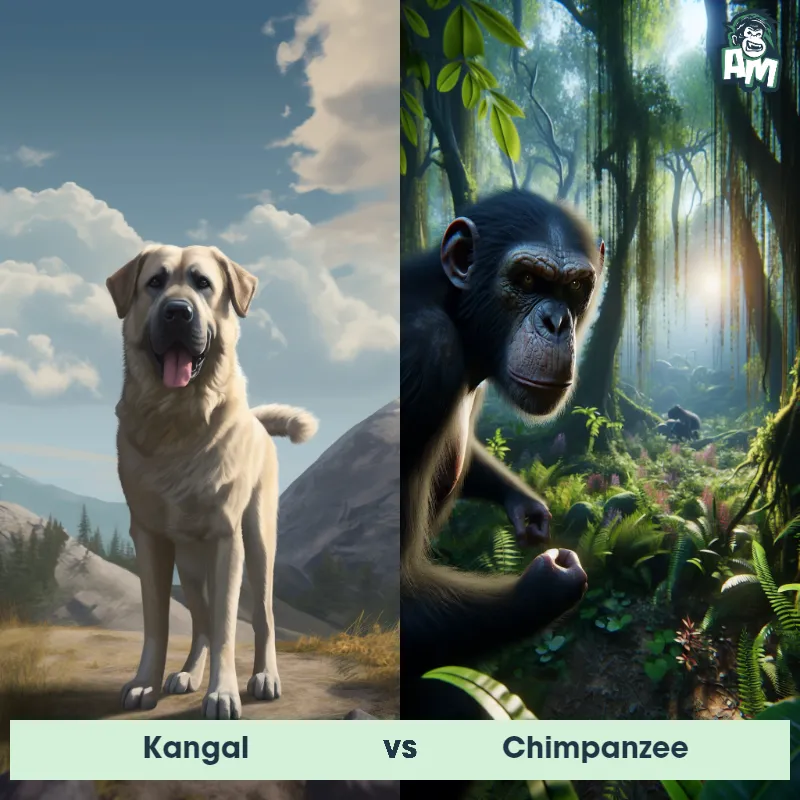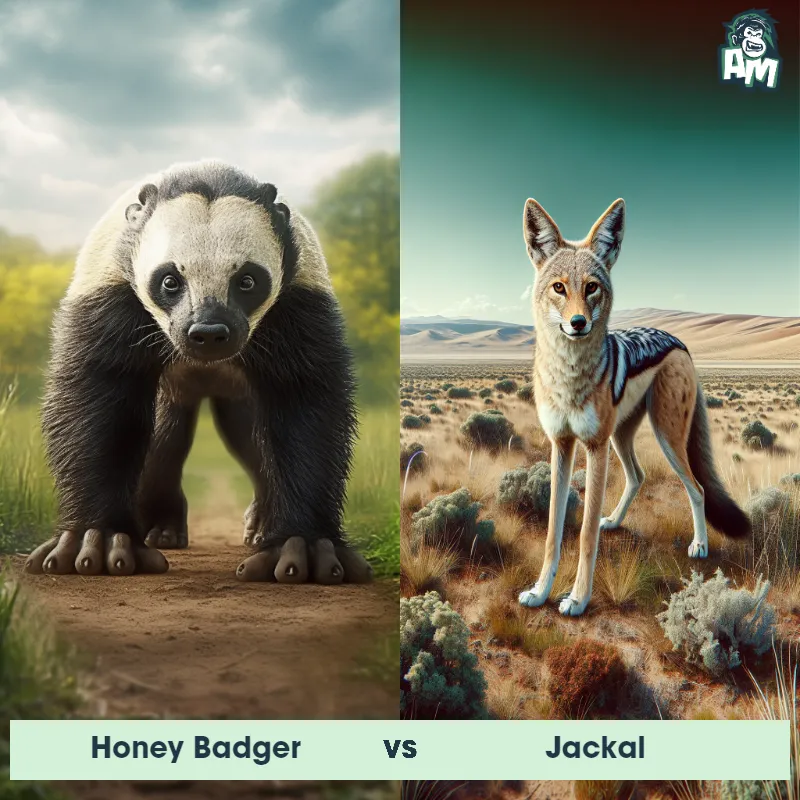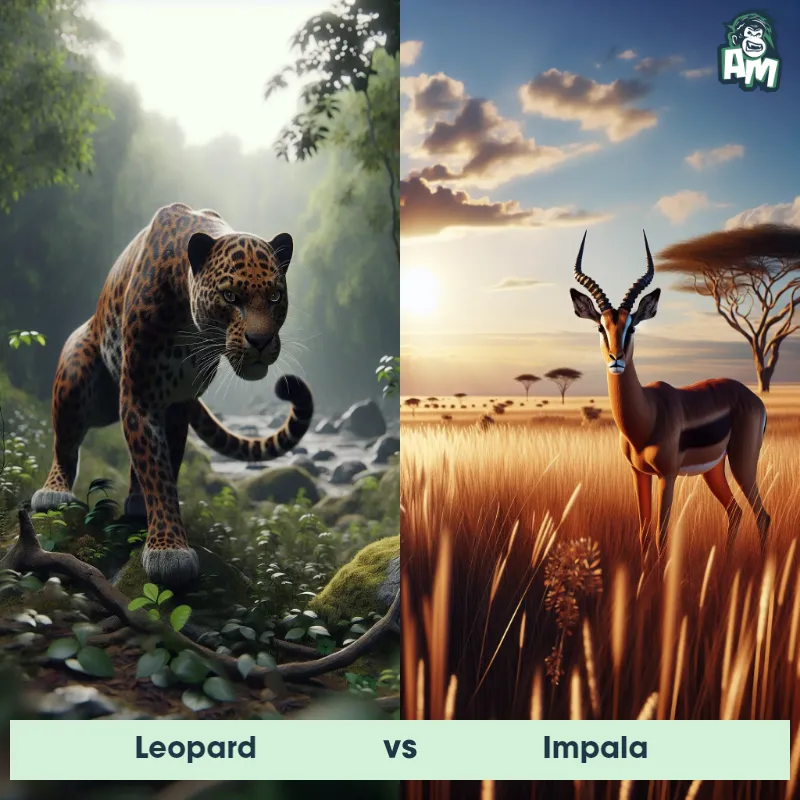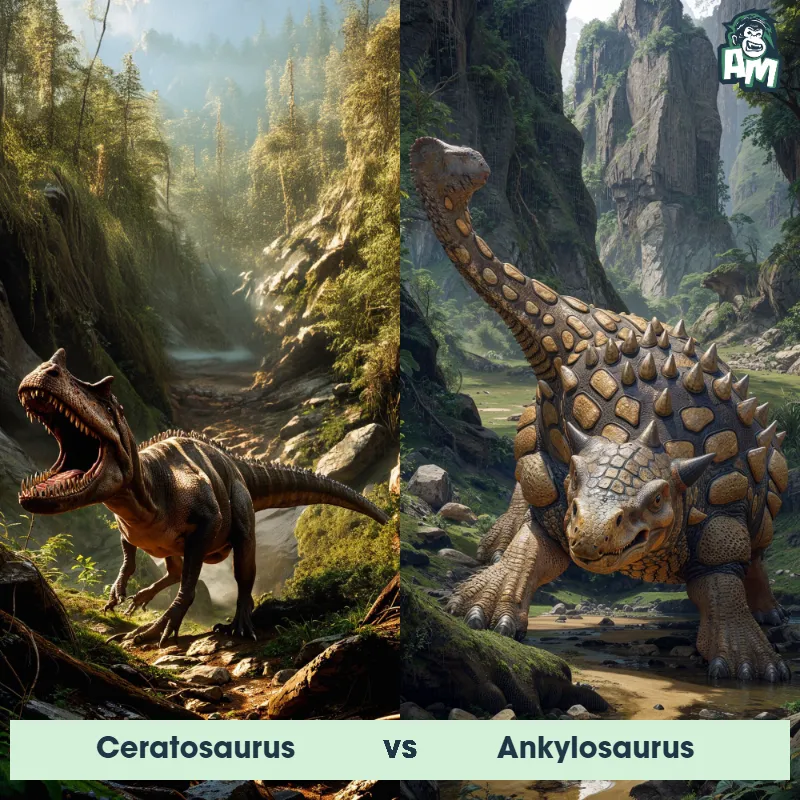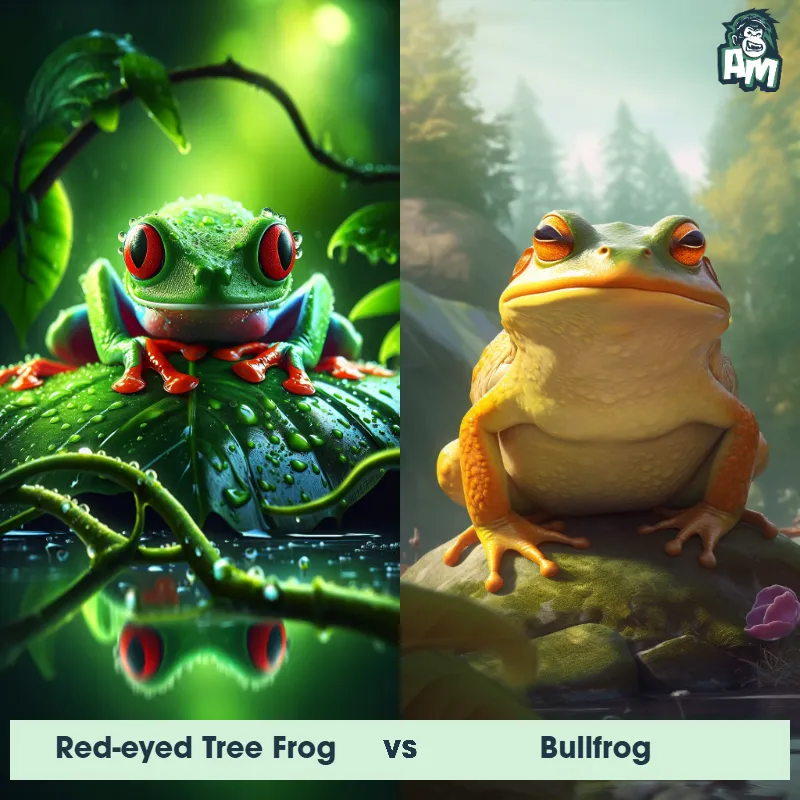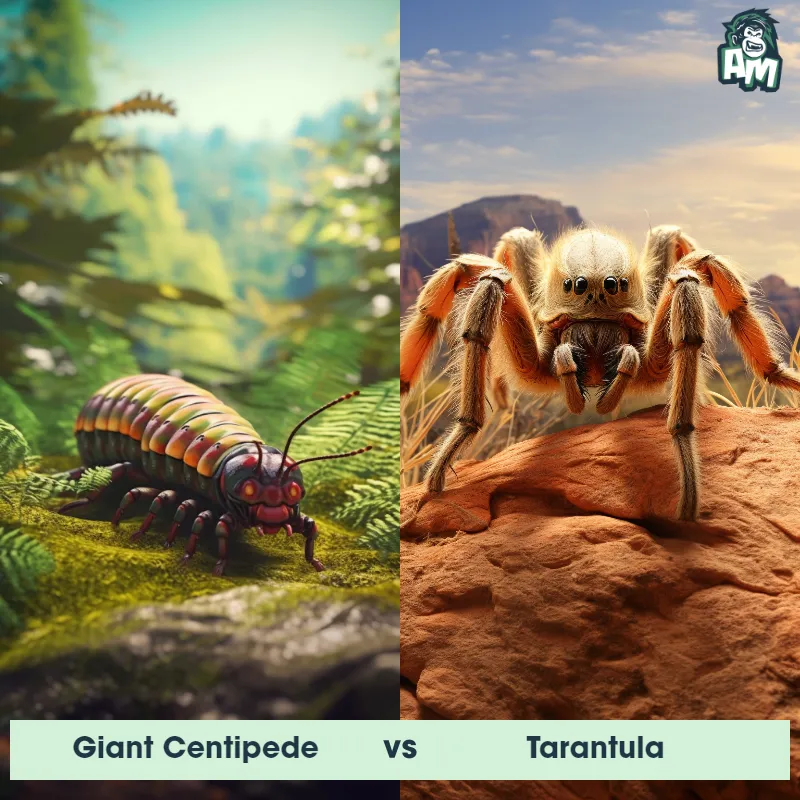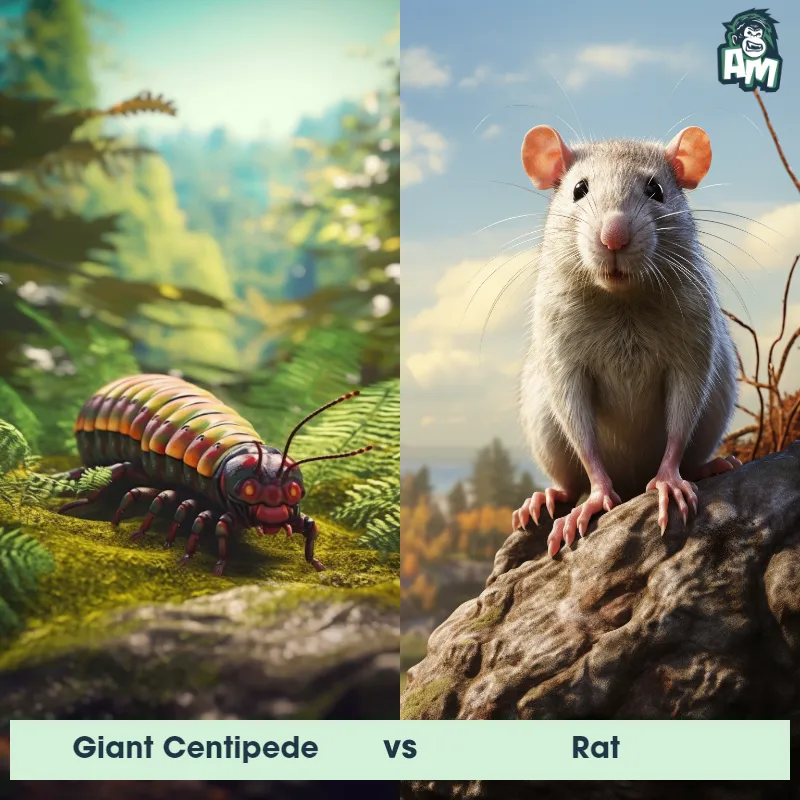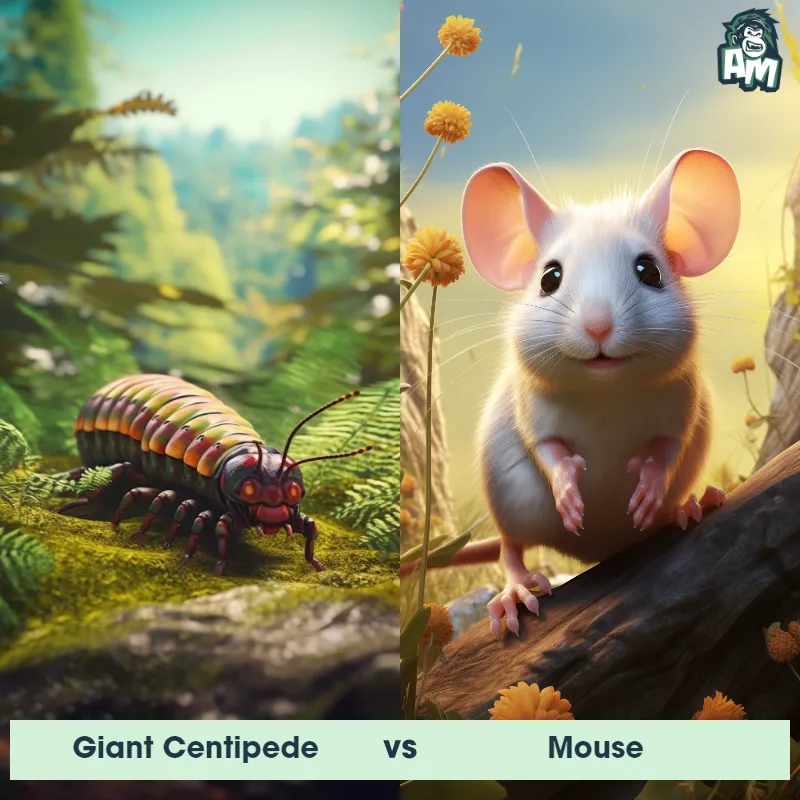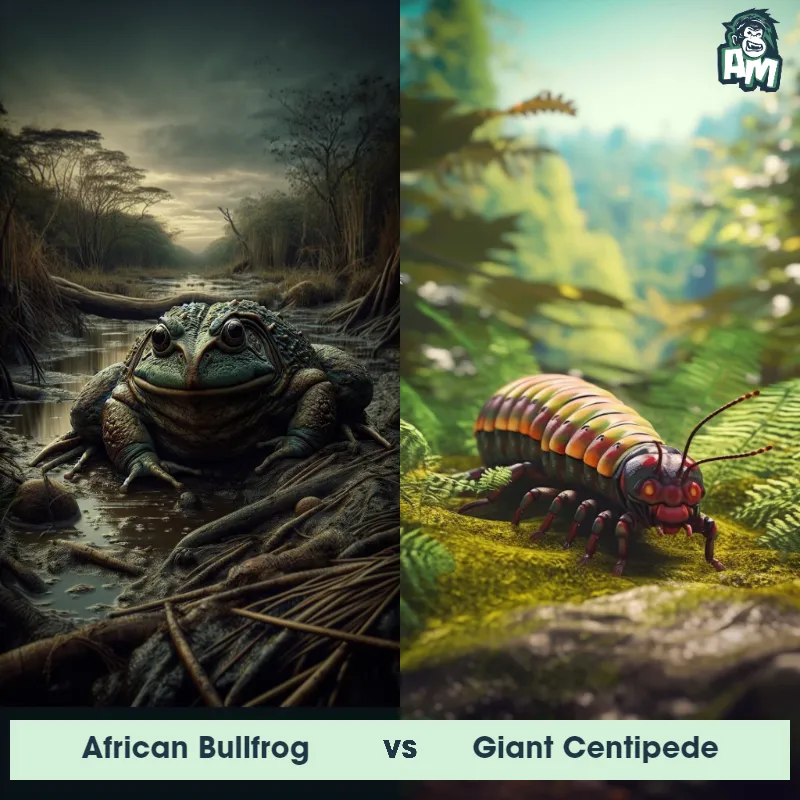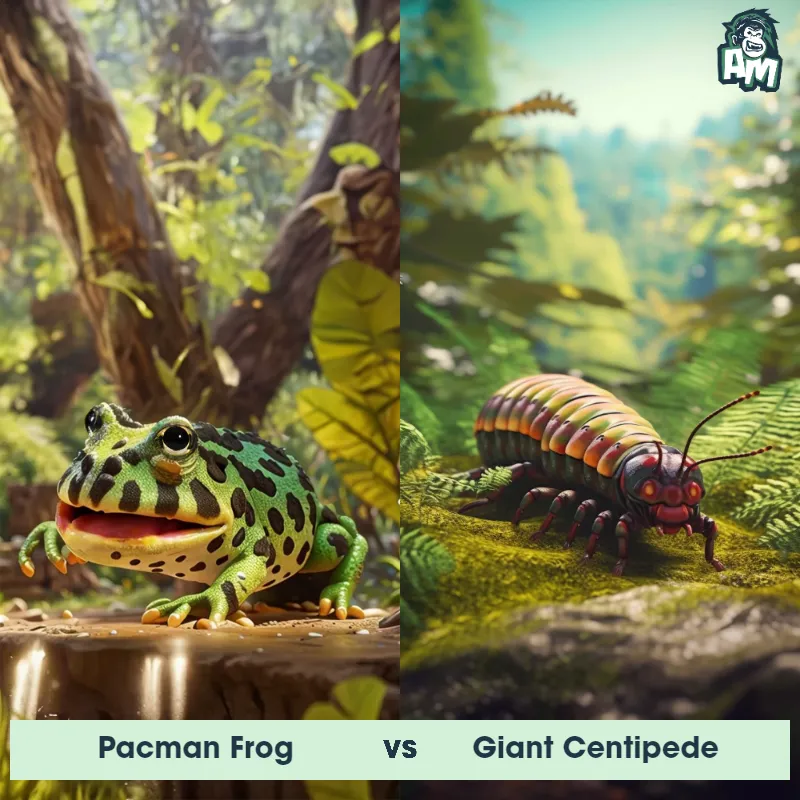Giant Centipede vs MillipedeSee Who Wins
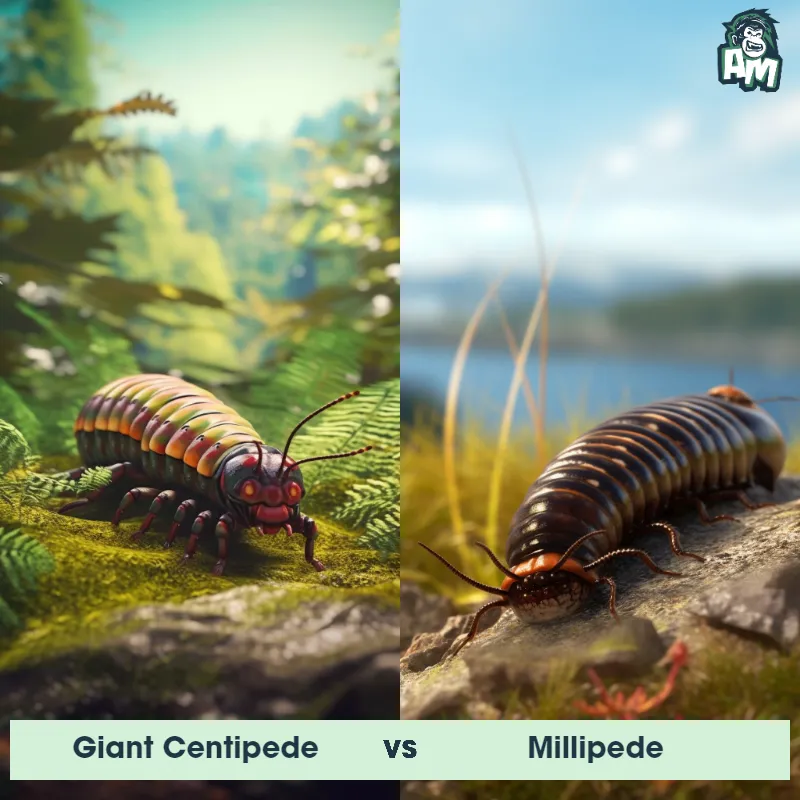
Ladies and gentlemen, welcome to this fascinating showdown between a Giant Centipede and a Millipede! These two remarkable arthropods will be facing off in a 3-round battle, and we'll be bringing you all the action live. Without further ado, let's dive into the first round!
Contender 1: Giant Centipede
The Giant Centipede, also known as Scolopendra gigantea, is a venomous arthropod that can grow up to 12 inches in length. It has a long, segmented body with numerous legs and a pair of venomous fangs that it uses to hunt prey. Its body is typically brown or reddish-brown in color, with yellow or orange legs and a black head. The Giant Centipede is found in tropical regions around the world, including South America, Africa, and Asia.
Fun Fact: The Giant Centipede is known for its aggressive behavior and powerful venom, which can cause intense pain, swelling, and even death in some cases.
Contender 2: Millipede
The Millipede is a long, segmented arthropod with a cylindrical body and numerous legs. They can range in size from a few millimeters to over a foot long, and are typically brown or black in color. Millipedes are known for their ability to curl up into a tight ball when threatened, and some species can release a noxious chemical as a defense mechanism.
Fun Fact: Millipedes are not actually insects, but belong to a separate class of arthropods called Diplopoda, which means "double foot" in Greek.
Matchup Stats
| Giant Centipede | Millipede | |
|---|---|---|
| Size | Up to 12 inches (30 cm) | Up to 1 foot (30.5 cm) |
| Weight | Up to 3.5 ounces (100 grams) | 0.07 to 9.6 ounces (2–272 grams) |
| Speed | Speed: 16 mph (25.75 km/hr) | Speed: 0.03 mph (0.05 km/hr) |
| Key Strength | Venomous fangs and quick movements | Curling into a tight ball for protection |
| Biggest Weakness | Vulnerable to being flipped onto its back | Slow movement and lack of offensive capabilities |
Current Votes
Giant Centipede vs Millipede
See Who Wins
View More Matches
Looking For More?
Similar Matches
Scientific Stats
| Giant Centipede | Millipede | |
|---|---|---|
| Scientific Name | Scolopendra gigantea | Diplopoda |
| Family | Scolopendridae | Various |
| Habitat | Terrestrial | Moist environments such as forests, deserts, and caves |
| Geography | Tropical regions of South America, Africa, and Asia | Worldwide |
| Diet | Insects, spiders, small reptiles, and mammals | Decaying plant matter and sometimes small insects |
| Lifespan | 3 years - 10 years | 1 year - 10 years |
Key Differences between Giant Centipede and Millipede
- Body shape: The Giant Centipede has a flatter, more elongated body shape, while the Millipede has a more cylindrical body shape.
- Coloration: The Giant Centipede is typically darker in color, with shades of brown, black, and red. The Millipede is often brightly colored, with patterns of yellow, orange, and black.
- Legs: The Giant Centipede has fewer legs than the Millipede, with each segment of its body bearing one pair of legs. The Millipede, on the other hand, has two pairs of legs per body segment.
- Antennae: The Giant Centipede has long, thin antennae that are used for sensing its environment. The Millipede has shorter, thicker antennae that are used for detecting food and potential mates.
- Size: The Giant Centipede is generally larger than the Millipede, with some species reaching up to 12 inches in length.



